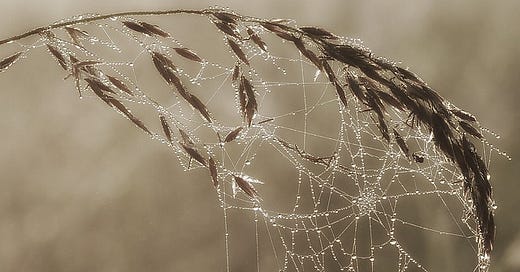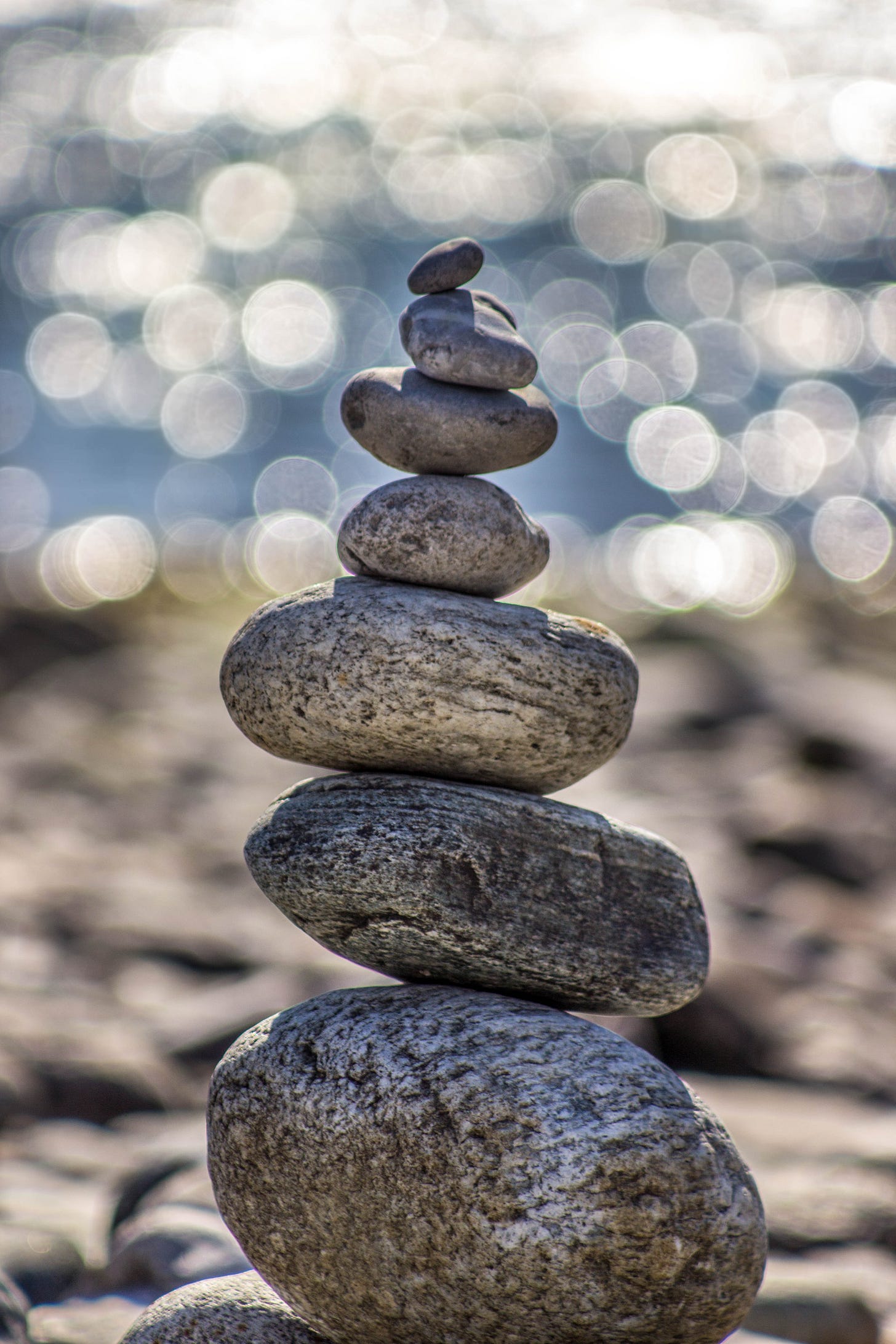Creating The Webbd Wheel: Reclamation Again
Regular readers will notice strong themes in my work of cycles, circles, and reclamation. In post #65 of The Hanged Man, we witness the end of Maria’s quest for her children, along with her willingness to once again engage with her art and creativity. The juxtaposition is not a coincidence.
Often, when we make a commitment to live more fully in who we are, other parts of our lives shift, accommodating our authenticity and courage. Maria’s search appeared both endless and fruitless, a protracted state of wandering, hope, and hope disappointed. Yet during her travels she has learned and made friends; she has at times been able to rise above her own guilt and shame and remember the wider world. She has remembered how to laugh. She has remembered what she is for.
With the support of female friends she returns to the loom, still a weaver but a weaver with expanded vision, intuition, and creativity who is able to pour her passion into color and texture. Subsequently, her search for her sons ends in horror and pain, setting her free to make a new beginning if she chooses to go forward.
Weaving Webs
The tortured, suffering artist is a familiar archetype to all of us. I don’t believe creative people necessarily suffer more than those who are less artistic. Engaging with our full potential in creative arts demands a kind of honesty that requires many artists to come to terms with their shadow, either releasing or integrating aspects of their personality others simply deny, hide, or remain unconscious of. Creative work demands healthy intuition, and healthy intuition provides us unwelcome information sometimes. An artist of Maria’s caliber is not satisfied until she has incorporated all her skill and knowing into whatever she’s weaving. Hence, the purple color she added to the cloth she wove for Juliana. It goes with the pattern, yet it does not go with the pattern. She doesn’t know what it means, but she understands the weaving requires it. She doesn’t consciously know what she knows, but her creativity encompasses her unconscious as well as her consciousness.
In my lifetime, I’ve read or heard stories over and over again of extraordinarily talented people whom I admire who behaved destructively towards themselves or others. Do we continue to read and enjoy books written by the author who turned out to sexually abuse her own daughter? Or the author who spread hatred and homophobia in his private life? Do we value a painting less because the artist was mentally ill enough to cut off his own ear? Do we refuse to acknowledge one of the greatest story tellers in film because of his reprehensible conduct toward women? Geniuses suffer, just like everyone else. It’s an uncomfortable truth for those of us who enjoy art. People are not black and white. Great talent does not imply “good” behavior. A wonderful horror writer is not necessarily a crazed psychopath (looking at you, Stephen King!).
Part of what has always captivated me about this difficult story of La Llorona (The Weeping Woman) is this uncomfortable paradox. It’s hard to think of a more heinous crime than murdering one’s children, surely the most primal creation of all, though it’s not unknown. But for me, that’s only the first paragraph in an especially disturbing story. What happens after that? What came before it? Who is the woman whose life encompasses such an act?
If we are to go forward after annihilating trauma and choices, we must come to some peace with who we are and what we have done. We must find a healthy way to integrate our shadow, such as channeling it through our creativity. Much of my own work would not be possible without past trauma. I have been able to transfer the passion of my pain into passionate writing, turning from self-destruction to creation. If my words are blood- or tear-stained, so much the better. If my stories make others laugh or weep, I have turned my shadow into a means of connection.
Turning Over Stones
Questions:
How do you deal with your shadow aspects?
How has revelation of personal details changed your relationship to art from certain creators?
In a case like Maria’s, do you feel death or punishment is more useful than her quest to find her sons, her suffering, and the closure she must live with?
What stops you from engaging with your full creativity?
Leave a comment below!




